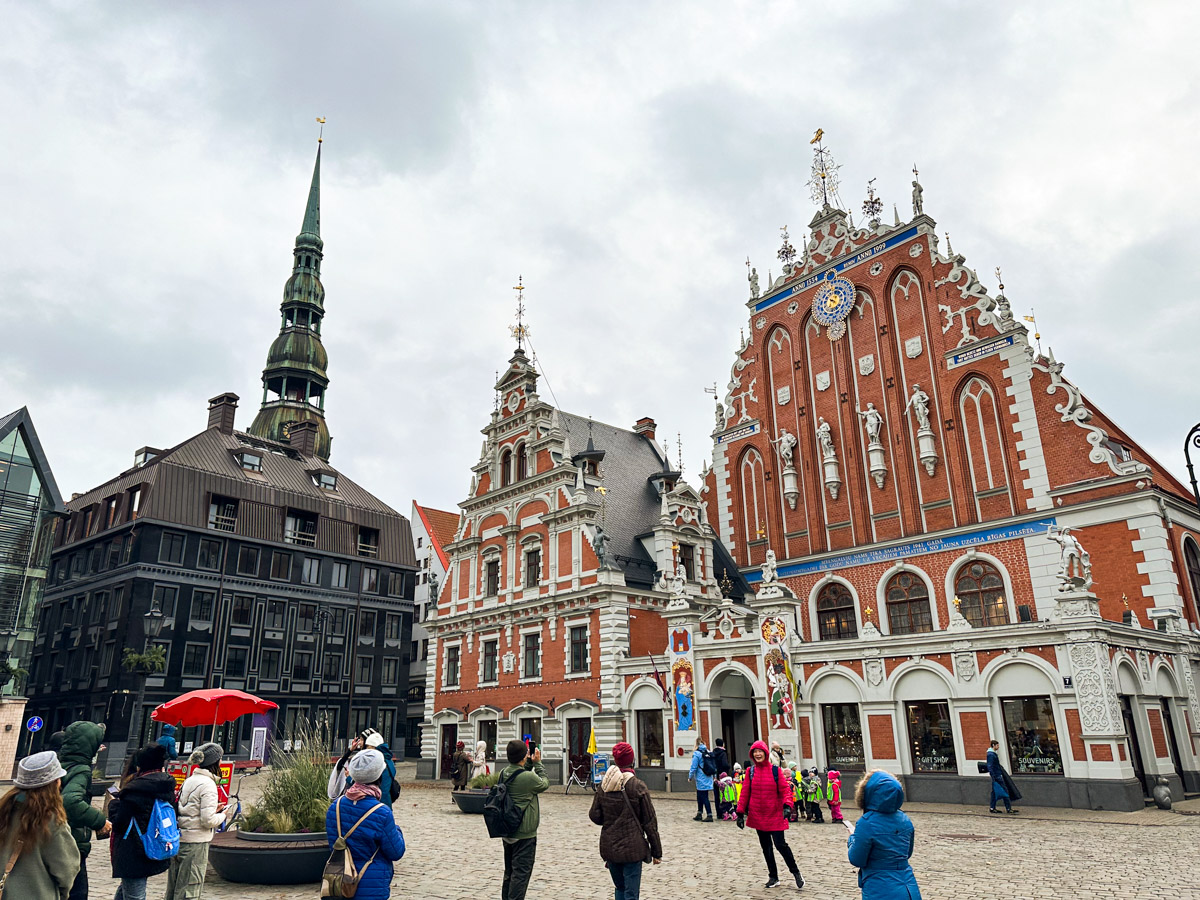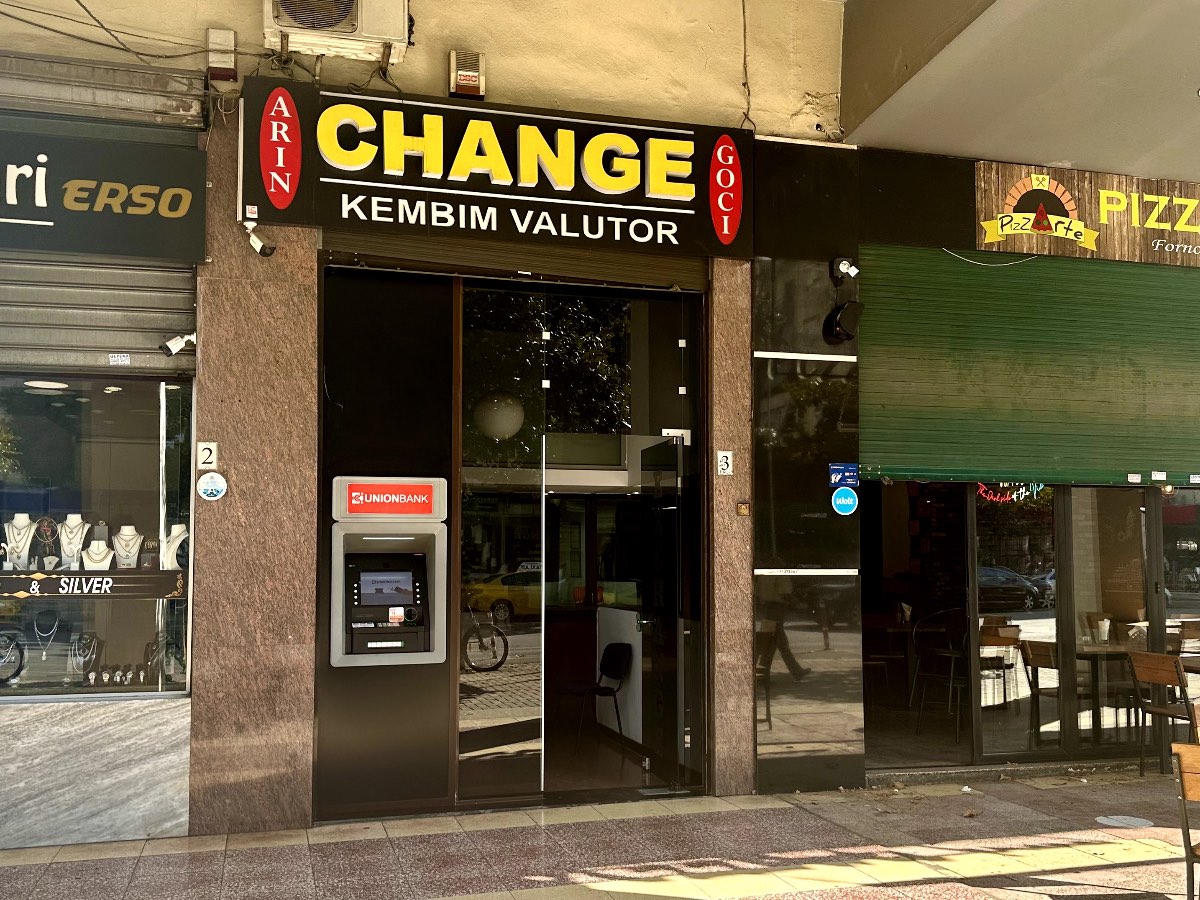Australians Are Flocking to Eastern Europe

Lots of Australians holiday in Europe whenever it’s summer in the northern hemisphere. Traditionally, Western European countries like the UK, France, Italy, Germany and Spain have been among the most popular destinations. But this year, there has been a shift towards the east.
Over the past few months, Eastern Europe – and the Balkans in particular – has experienced an unusually large influx of Australian tourists. How do I know this? Well, I was one of them.
I spent most of August in the Balkans, and I couldn’t believe the sheer number of fellow Aussies I met along the way in Bosnia and Herzegovina, Montenegro, Albania and North Macedonia. It’s not that Australians never travelled there previously. Of course, they did. But not in these kinds of numbers.
I thought it might have just been my imagination, so I asked lots of different local tourism operators in the Balkans whether they’d also noticed a surge in Aussie visitors. They all agreed that there were way more Australians in the Balkans this summer, compared to previous years. They say the eastern part of Europe has become particularly popular with younger Australian backpackers.
Why are so many Australians visiting the Balkans?
I don’t think it’s because Australians are falling out of love with Western Europe. Lots of people are still choosing to holiday there.
But in recent years, Eastern Europe has gained much more recognition as a quality tourist destination. Many people are visiting now for the first time. They’re liking what they see, and they’re telling their friends. They’re also sharing their experiences with the world on social media.
And I completely understand why people love it. The Balkans have a lot to offer, particularly when it comes to nature, food and history. The region is also very affordable.

I asked a lot of the Australians I met last month why they’d chosen to travel to the Balkans in 2024. Some told me the region was trending on TikTok and Instagram. Others said they’d received recommendations from friends who went last year, or that they were on a budget and found Eastern Europe much more affordable than Western Europe.
A surprisingly high number of people also told me that they’d travelled to the Balkans because they needed to spend some time out of the Schengen Area, but didn’t want to leave Europe.
Australian tourists can only spend up to 90 out of every 180 days within the Schengen countries without a visa. And with Croatia, Romania and Bulgaria recently joining the Schengen agreement, that only leaves a few European countries outside of the Schengen Area. Besides the UK and Ireland, the main ones are in the Balkans.
Travelling in Eastern vs Western Europe
So, if you’re thinking about visiting Europe next summer (or better – during a shoulder season when it’s not so hot or cold!), should you consider heading east instead of west? Here are a few things to consider…
Benefits of travelling in Eastern Europe
Some countries in Eastern Europe are slightly less developed than in Western Europe. That also applies to their tourism industries, which are relatively new in some places. As a result, destinations like the Balkans are less discovered, less busy… and a great alternative to the overcrowding in some of Western Europe’s most famous cities.

That could change in the coming years as more people discover the charms of Eastern Europe. But for now, this part of the world could make for a very interesting change from the traditional European holiday visiting London, Paris, Venice or Barcelona.

The Balkans, in particular, offer excellent hiking and beaches. There are lots of mountains and unspoiled nature to enjoy.
Many Eastern European cities have delightfully charming old towns as well.

Each region has its own cuisine, and I really enjoyed getting to try many of the local dishes during my recent trip. I most certainly didn’t go hungry!

Despite eating very well, I didn’t spend that much on food. In fact, I didn’t really spend a whole lot on anything except the flights to get there. Accommodation, meals, tours and shopping are all quite affordable in Eastern Europe.
Each of the countries in the eastern part of Europe has its own history as well. Many were communist dictatorships until just 35 or so years ago – and in some cases even less. Some were embroiled in bloody wars not that long ago. (Sadly, Ukraine still is today – so is not one of the places getting lots of tourists right now.) There’s a lot of history in Eastern Europe – not all of it good – but that is worth learning about.
The museums I visited in Sarajevo were particularly moving. And as a bit of a novelty, if you’re in the Baltics, I’d highly recommend a tour of the KGB Museum inside Hotel Viru in Tallinn, Estonia.
Downsides of travelling in Eastern Europe compared to Western Europe
Conversely, there are some things that make travelling in Eastern Europe a bit harder than in Western Europe.
In Western Europe, it’s generally very easy to get around by train. And there are lots of cheap flights available on budget carriers like easyJet, Ryanair, Eurowings and British Airways.

Unfortunately, most of the routes I travelled in the Balkans were only possible by car or bus. So I mostly travelled on long-distance buses without air-conditioning or Wi-Fi.
On my recent trip, only one journey could be done by train… and when I turned up at the train station, the staff in the ticket office informed me without explanation that the train was no longer running that day.

You need to go through border controls when travelling between European countries that are outside of the Schengen Area. Depending on the traffic, this could take not much time or a very long time. You can’t really predict that, and as a result, many of the buses I had to take between countries did not run to schedule.

Many Eastern European countries do not use the Euro, instead issuing their own currencies. This means that every time you travel to a new country, you need to exchange cash or withdraw more money from an ATM. In the Balkans, many of the local ATMs had high fees (it was standard to pay around AUD10 per withdrawal).
This isn’t something you need to worry about in 2024 when traversing between Western European countries that all just accept Euros.

Additionally, Uber does not operate in many Balkan countries. You instead need to negotiate with taxi drivers or download local taxi apps, making it just a little bit harder to get around some cities.
In the past, I would have said that English was more widely spoken in the west. But this is changing. A lot of the younger people I’ve met in recent years in Eastern European countries could speak English really well.
Do you prefer travelling in Eastern or Western Europe?
My personal view is that both Western Europe and Eastern Europe have lots to offer. I love them both and I wouldn’t necessarily say that one is better than the other… they’re just different.
Do you prefer travelling in Eastern or Western Europe? And if you’ve recently been to Europe – or are planning to travel there in the near future – which countries are you choosing to visit, and why?
We’d love to hear your thoughts on the Australian Frequent Flyer forum!

Community Comments
Loading new replies...
Join the full discussion at the Australian Frequent Flyer →